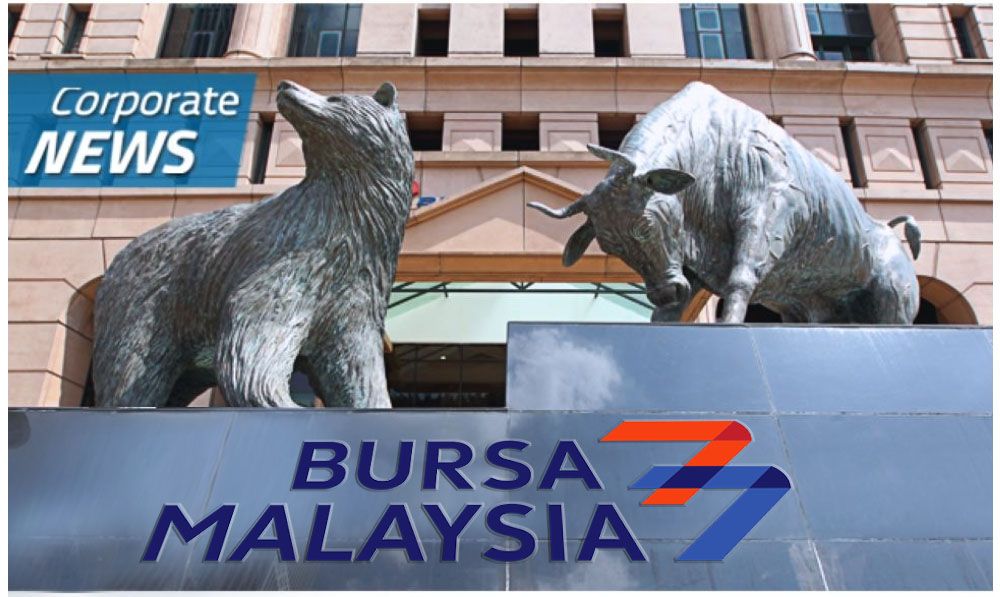AI surveillance systems have become increasingly popular to secure large commercial properties like office buildings, shopping plazas, and corporate campuses in recent years. Smarter detection and improved response times, as well as greater visibility into complex activities, are all possible with AI surveillance systems, things that traditional surveillance systems fell short on. With high-definition cameras, intelligent analytics, and automated alerts, it’s no wonder businesses worldwide are seeking a reliable CCTV installer to modernize their security infrastructure.
However, with emerging technologies, convenience and capabilities have a downside. While AI surveillance offers improved safety and heightened efficiency, it also brings up some serious ethical issues. Applying a multitude of AI tools such as facial recognition and predictive behavior analysis places these technologies on a very thin line between privacy, safety, and surveillance – a line that everyone does not seem to agree on.

In the context of commercial security systems , where people don’t always expect or consent to constant monitoring, the questions grow more complex. Are we giving up privacy for safety? Who owns the rights to that data? And what if the algorithms used to protect us make an error? The ethical considerations surrounding AI security cameras need to be put on the table. It affects business owners, tenants, employees, and customers and highlights the need for shared dialogue among them.
Understanding the ethical concerns truly lies beneath the application of AI in surveillance in commercial spaces. Shrewd business people know how to leverage the benefits AI security cameras provide. Besides recording, security cameras these days do more such as capturing unusual movement or behaviors.
They can identif some foot-traffic such as monitoring license plates or faces. They can also track occupancy. Their use of real time monitoring means that they alert guards to any possible incidents ensuring utmost safety.
AI security can bring portability to business operations because it merges security, cost, and value automations into one. AI-enabled surveillance systems increase touchless automation that most AI surveillance systems are incorporating which highly interests proprietors. In a commercial context, these features translate into clear benefits.
Some of these benefits include faster response times, and more effective security team deployment alongside enhanced operational analytics, security foot traffic estimators. However, whilst property owners derive innumerable advantages with ease, the type of AI surveillance employed raises immense ethical concerns to do with no transparency, bias, and consent among other issues. Most commercial buildings place surveillance cameras in plain view.
This brings up the arduous quest of finding active AI cameras. The AI systems that come Included are True facial recognition based thermal body attitude tracking actively mounted on gimbals with Full HD cameras. These gimbals allow the arms to pivot which allows sweeping panoramic captures while remaining flexible.
While almost each building these days is equipped with security cameras, I suppose the notion of passive AI recorders offers some degree of comfort for individuals placing themselves into this environment. Differently from conventional CCTV systems where footage is stored and checked manually, AI cameras make autonomous decisions on what behaviors are suspicious and who needs more attention. However, signage and communication have not evolved in pace with technology.
Most people entering the building do not know their conduct is being monitored algorithmically. That lack of transparency may erode the trust that people have with commercial surveillance. Case in point, visitors, employees, or tenants may feel misled if it comes to light that their biometric or facial image data is getting captured and processed without prior consent.
In publicly shared commercial areas, appropriate notice is imperative. One of the major issues with AI-powered surveillance systems is bias pertaining to recognition and analysis of behaviors and faces through algorithms. Many research reports exist that demonstrate that an AI trained on a biased model would misidentify a lot of people, especially those belonging to minorities like people of color, women and others.
Imagine a system that wrongly filters face images of certain group members as ‘suspicious' based on erroneous training data. That could bring grave, even fatal hardships. People should ideally be given the authority to opt-out of biometric monitoring—more so in the absence of tangible evidence like identification documents.
In practice though, it becomes way difficult. In public or semi-public spaces of commercial properties, people often lack viable alternatives. For instance, an office worker may interact with AI-enabled turnstiles at least twice in a day.
An average shopper may unwittingly stroll past heat-mapping sensors positioned around a retail center. In both situations, there is little choice of not participating unless one vacates the building. This arises a very important ethical problem: Is consent considered consent if it is given voluntarily- implying consent? Some businesses have started adopting opt-in policies where employees or clients consent to being captured by features like facial recognition for expedited access.
The ethical problem is whether the consent given is informed and voluntary, especially when there is a power dynamic (for instance, in the case of employer and employee, or landlord and tenant). Surveillance does not have to equal ineffective purposeless technology. That is, ethically responsible surveillance puts people first and deploys technology forward with transparency.
Clear communication, sign posting, and receiving permission together with audits ensures ethics accompany AI powered surveillance in commercial buildings. AI surveillance has already found its way into commercial properties, and it isn’t going anywhere. It enhances security and increases productivity, and still remains cost-effective.
But the flaws and ethical risks that come with AI are just as unapologetic. The implementation of AI surveillance systems in publicly accessible spaces is more than a technical challenge. It is a challenge of trust, intention, and accountability, as well as deep empathy for the people being monitored.
As we live in an era of not just seeing, but of thinking vision, ‘Smart’ is the new buzzword accompanying everything. It is also the most neglected value, which is why not only businesses, but also people need to spearhead the approach to smart security as fair, open, and above all else – humane. Join our WhatsApp Channel to get the latest news, exclusives and videos on WhatsApp _____________ Disclaimer: Analytics Insight does not provide financial advice or guidance.
Also note that the cryptocurrencies mentioned/listed on the website could potentially be scams, i.e. designed to induce you to invest financial resources that may be lost forever and not be recoverable once investments are made.
You are responsible for conducting your own research (DYOR) before making any investments. Read more here..
















